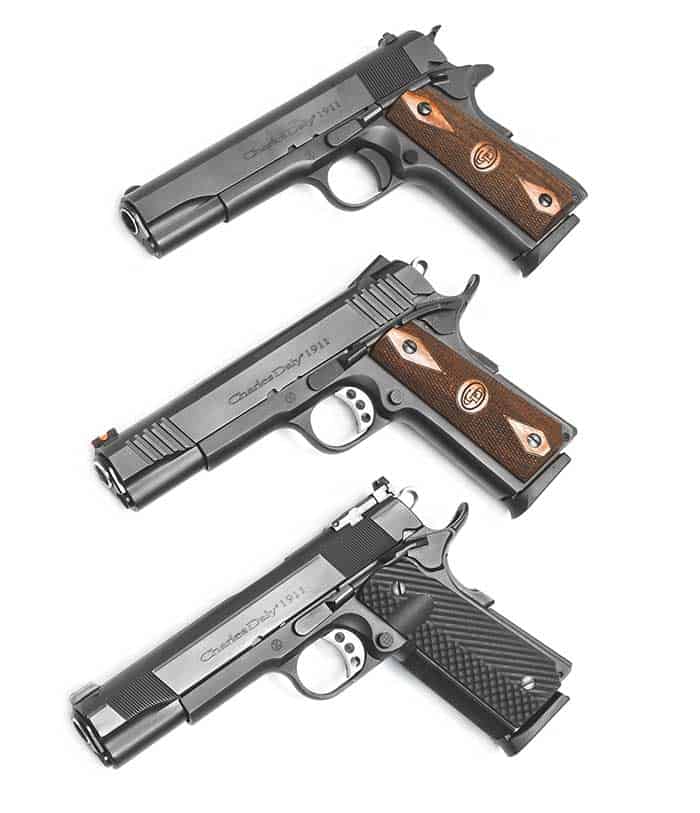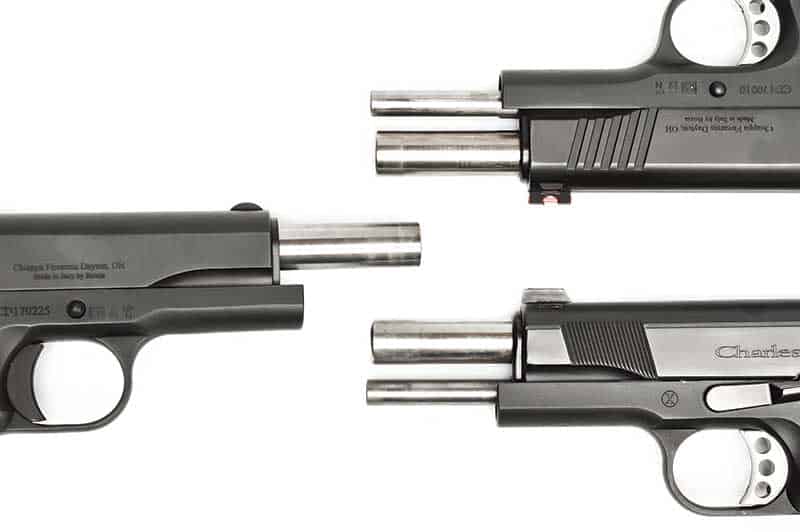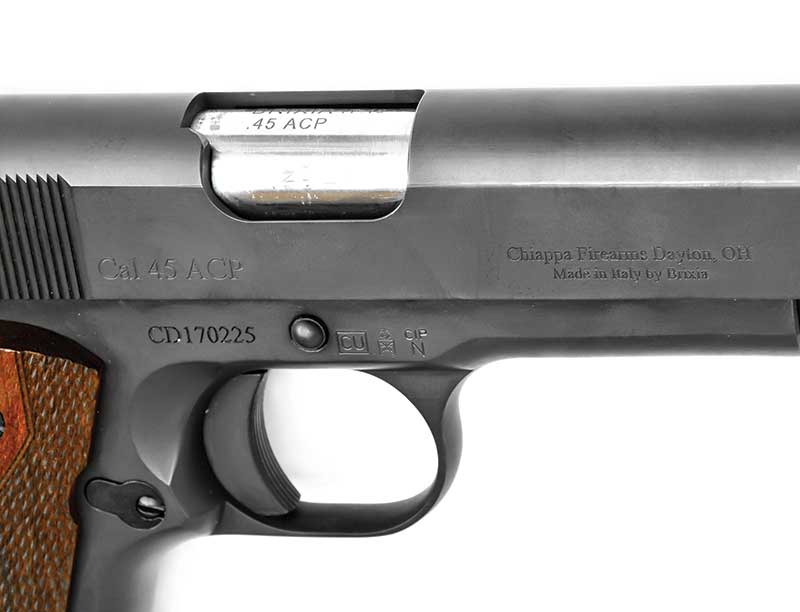Quality 1911? Brixia-It!
Truth be told, there is another 1911 platform made in Italy by Tanfoglio but it’s aimed at the highest tier of the market and priced accordingly. The Charles Daly 1911 line is aimed at the typical consumer who wants a well-made 9mm or .45 ACP 1911 handgun for protection, recreation and competition shooting that won’t require a second mortgage.
In Italy, Brixia has a reputation among shooters as a respected maker of sporting shotguns. Among insiders in the European firearms industry, Brixia is well known for manufacturing high quality parts, and assembling the firearms products of other, more well-known manufacturers. This was why Charles Daly selected them to make their 1911 handgun line. Brixia had the facilities, skilled work force and quality control procedures to build the guns to Charles Daly’s exacting specifications. It’s noteworthy, unlike American made guns, every Italian made Charles Daly 1911 is tested at the government proof house with an excess pressure load, and then stamped to prove it. After the proof testing, assembly of each gun is completed at the Brixia factory where they are test fired for proper function before Charles Daly accepts it.











